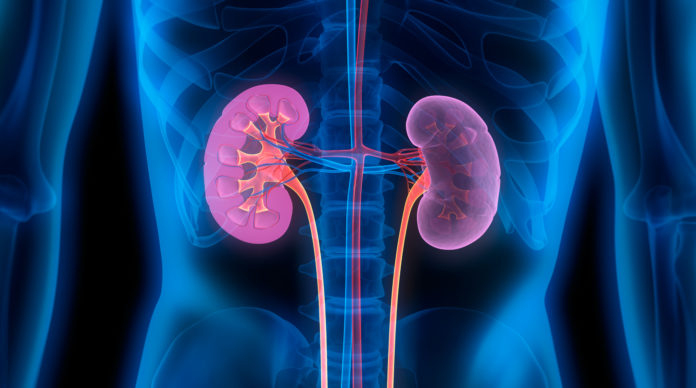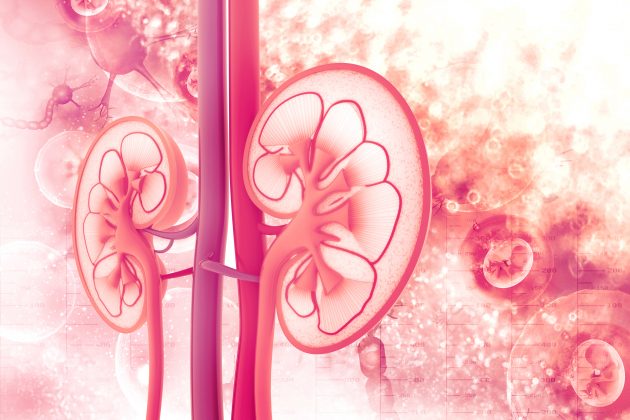Both hemodialysis nurses and patients receiving care in hemodialysis centers share concerns regarding vascular access skillsets among nurses working in hemodialysis units. Based on clinical experiences, nurses may demonstrate varying levels of competency, knowledge, and skills. The resulting inconsistency in the way certain skills are performed is of particular concern in cannulation of arteriovenous fistula access and arteriovenous graft access.
At the virtual 2020 ANNA National Symposium, Stella Salamat, MSN-Ed, BScN, RN, CNeph(C), and colleagues reported results of a care-improvement project at an in-center hemodialysis unit in an presentation titled Increasing Point-of-Care Nursing Competency by Utilizing Bedside Ultrasound for the Assessment and Cannulation of Hemodialysis Vascular Access.
The center provides care for 415 patients; of those, 64.82% have central venous catheters (CVC), 27.23% have an arteriovenous fistula (AVF) or arteriovenous graft (AVG), and 7.95% have dual vascular accesses. The center has seen an increase in the use of CVC due to patients expressing fear of painful cannulation. There has also been an increase in the number of radiological procedures such as angioplasty, thrombolysis, angiogram procedures, and surgical revision for failed AVF/AVG.
The care-improvement project was designed to build capacity with the center’s point-of-care nurses to be able to utilize portable ultrasound-guided cannulation, minimize vascular access complications secondary to traumatic cannulations, and reduce vascular access radiologic and surgical interventions.
The center distributed a preliminary survey to assess the nurses’ competency in cannulation. Following assessment, gaps with inconsistent practices and access competency were minimized with an educational rollout ultrasound-guided cannulation. The educational program included an in-class component, team huddles, and hands-on training using a phantom model. To inform the educational program and training, the Visual, Auditory, Kinesthetic tool and vascular access proactive validation questionnaire were used to identify variation in learning styles. A total of 50 trained nurses were independently validated using the bedside portable ultrasound to evaluate cannulation technique.
The authors said, “With the interventions described above, the goal was to improve the level of competency with ultrasound-guided cannulation and minimize painful cannulation experiences for our hemodialysis patients. A post-intervention survey was provided to the nurses to assess competency in performing ultrasound-guided cannulation. In addition to the written evaluation, the clinical practice leader conducted one-on-one observation of trained nurses performing the procedure and provided immediate feedback to improve technique and success rate.”
Source: Salamat S, Kaur H, Moonesar A. Increasing point-of-care nursing competency by utilizing bedside ultrasound for the assessment and cannulation of hemodialysis vascular access. Abstract of a presentation at the virtual American Nephrology Nurses Association 2020 National Symposium, August 29031, 2020.
Credit: Original article published here.










